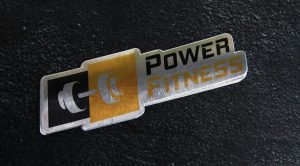In today’s digital age, where first impressions matter more than ever, a well-designed logo is crucial for any business or organization. A logo acts as a visual representation of your brand and serves as a powerful tool for connecting with your target audience. If you’re looking to create a logo that effectively communicates your message and resonates with your customers, this guide on connect logo ideas is here to help.
Understanding the Importance of a Logo
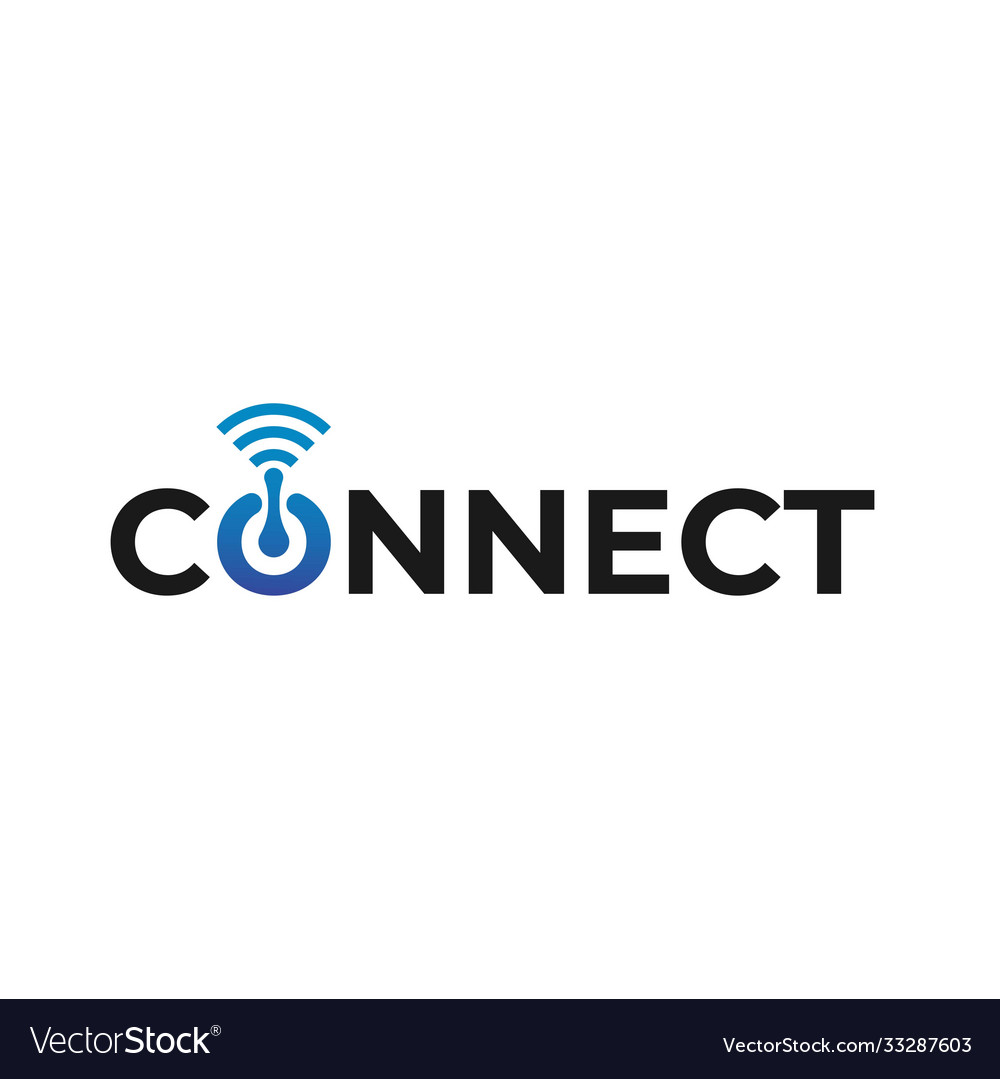
Before diving into the creative process of designing a logo, it’s important to understand why a logo is so essential for your brand. A logo:
- Builds brand recognition: A well-designed logo helps your target audience remember and recognize your brand easily, even in a crowded market.
- Establishes brand identity: Your logo serves as the face of your brand, showcasing its personality, values, and mission.
- Creates a professional image: A visually appealing logo gives your brand credibility and portrays professionalism.
- Differentiates your brand: A unique logo sets you apart from competitors and helps you stand out in the minds of consumers.
With these key benefits in mind, let’s explore some effective connect logo ideas that will help you craft a memorable brand identity.
1. Research and Understand Your Audience
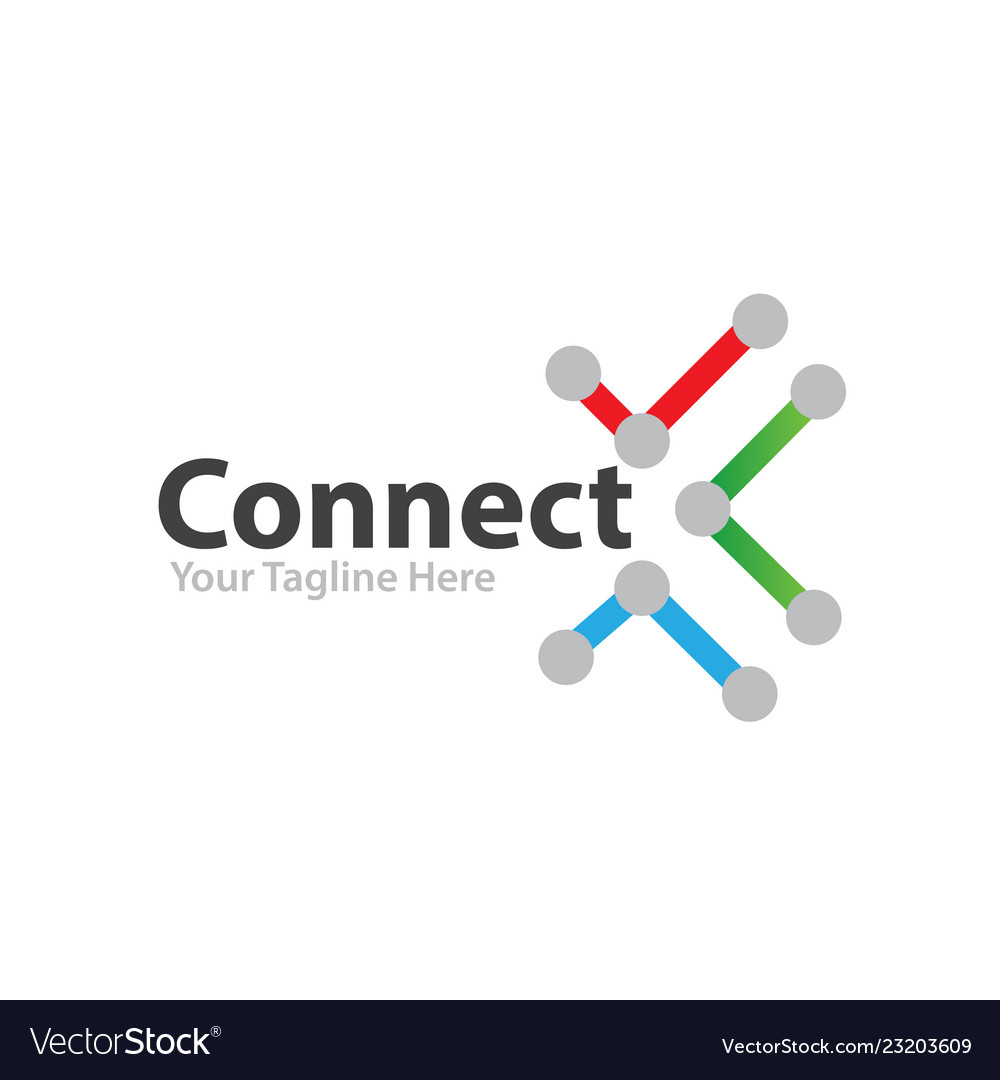
Creating a logo that connects with your target audience necessitates a deep understanding of who they are, what they like, and what appeals to them visually. Conduct thorough research to identify your audience’s preferences, demographics, and values. Consider factors such as age, gender, interests, and cultural backgrounds. This research will provide valuable insights and help you tailor your logo design to effectively connect with your audience.
2. Define Your Brand’s Personality
Every brand has its own unique personality, and your logo should reflect it. Are you aiming for a playful and fun image or a more professional and sophisticated look? Define the personality traits that align with your brand’s values and objectives. By understanding the personality you want to convey, you can choose visual elements that connect with your target audience on a deeper level.
3. Choose the Right Color Palette

Colors play a significant role in logo design, as they evoke emotions and create associations. Consider the psychology of colors and select a palette that aligns with your brand’s personality and message. Bold and vibrant colors can convey energy and excitement, while softer tones may evoke elegance and sophistication. Ensure that the colors you choose not only resonate with your audience but also work well across different mediums and applications.
4. Typography Matters
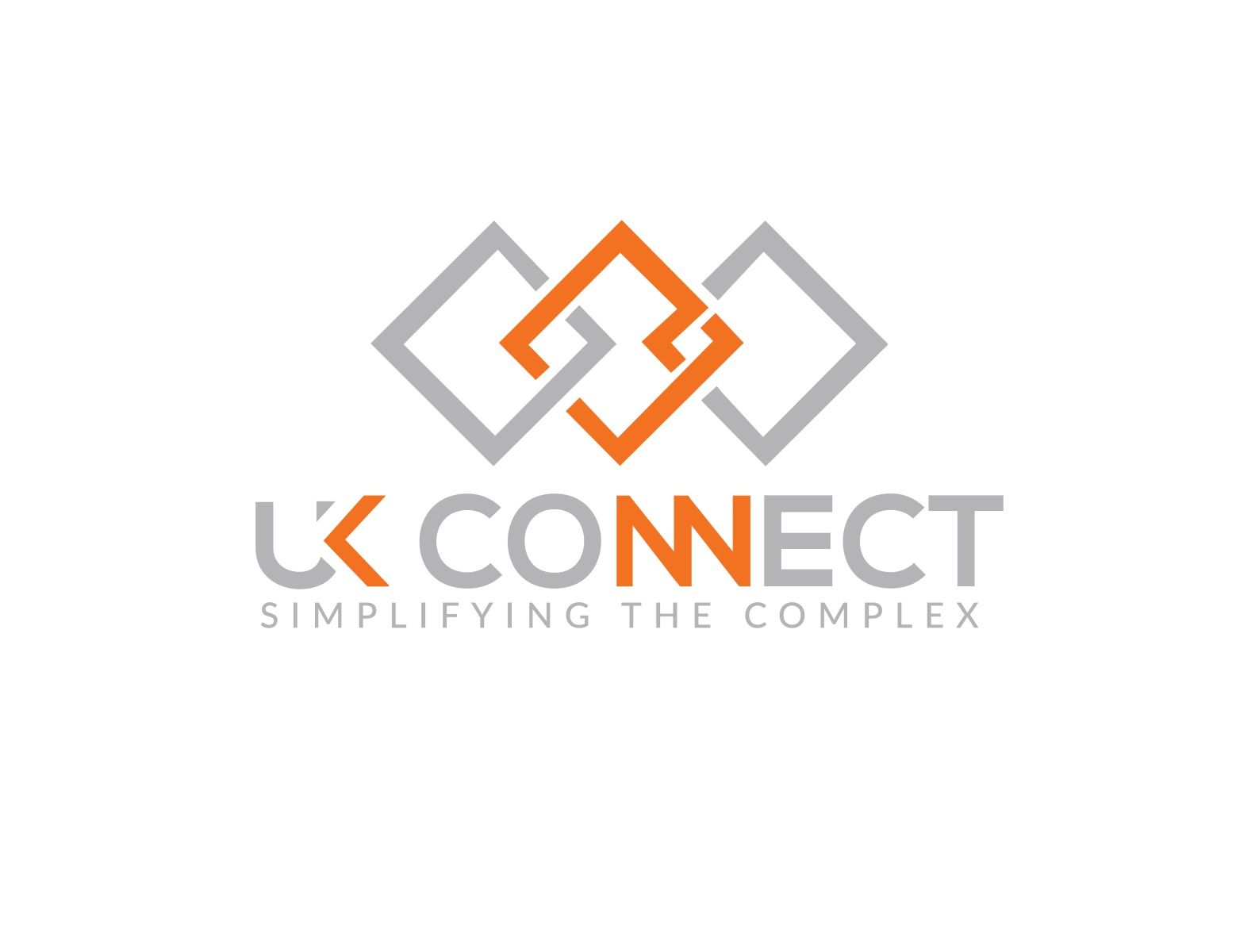
The typography you select for your logo can greatly impact its overall effectiveness. Fonts have their own personalities and evoke specific emotions. Choose a typeface that aligns with your brand’s personality, while also ensuring readability and clarity. Experiment with different font combinations to find the perfect balance between uniqueness and legibility.
5. Simplicity Is Key

In the fast-paced digital world, simplicity often reigns supreme. A simple yet clever logo design tends to be more memorable and versatile. Avoid cluttering your logo with excessive details or intricate designs that may be difficult to reproduce across various platforms. Strive for a clean and minimalistic logo that can be easily recognized and understood at a glance.
6. Incorporate Symbols and Icons
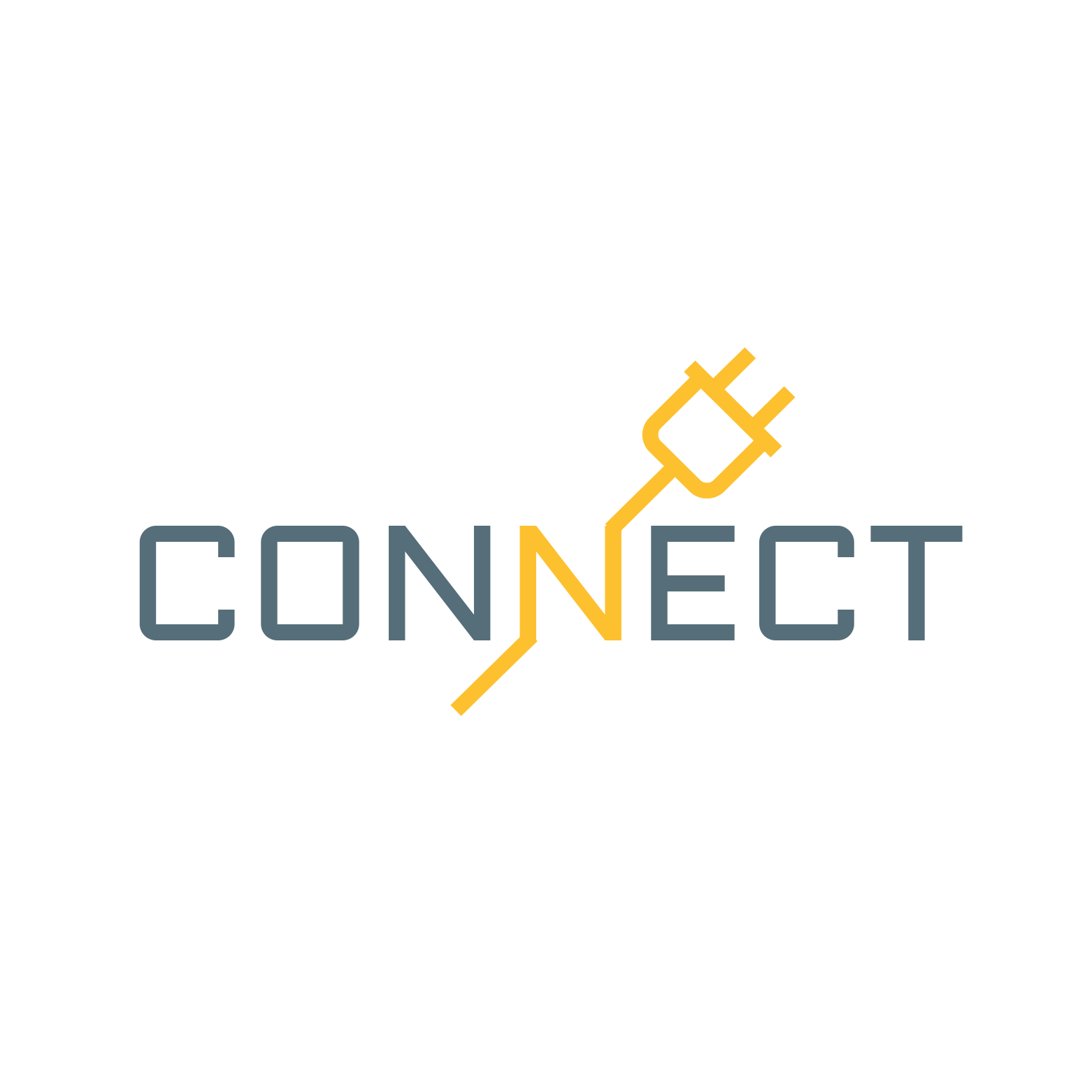
Integrating symbols or icons into your logo can add depth and symbolism. Consider using visual elements that are relevant to your industry or brand message. These symbols can help communicate your brand’s core values or highlight a unique selling point. However, ensure that the symbols you choose are universally recognizable and do not create confusion or misinterpretation.
7. Experiment with Different Layouts and Arrangements
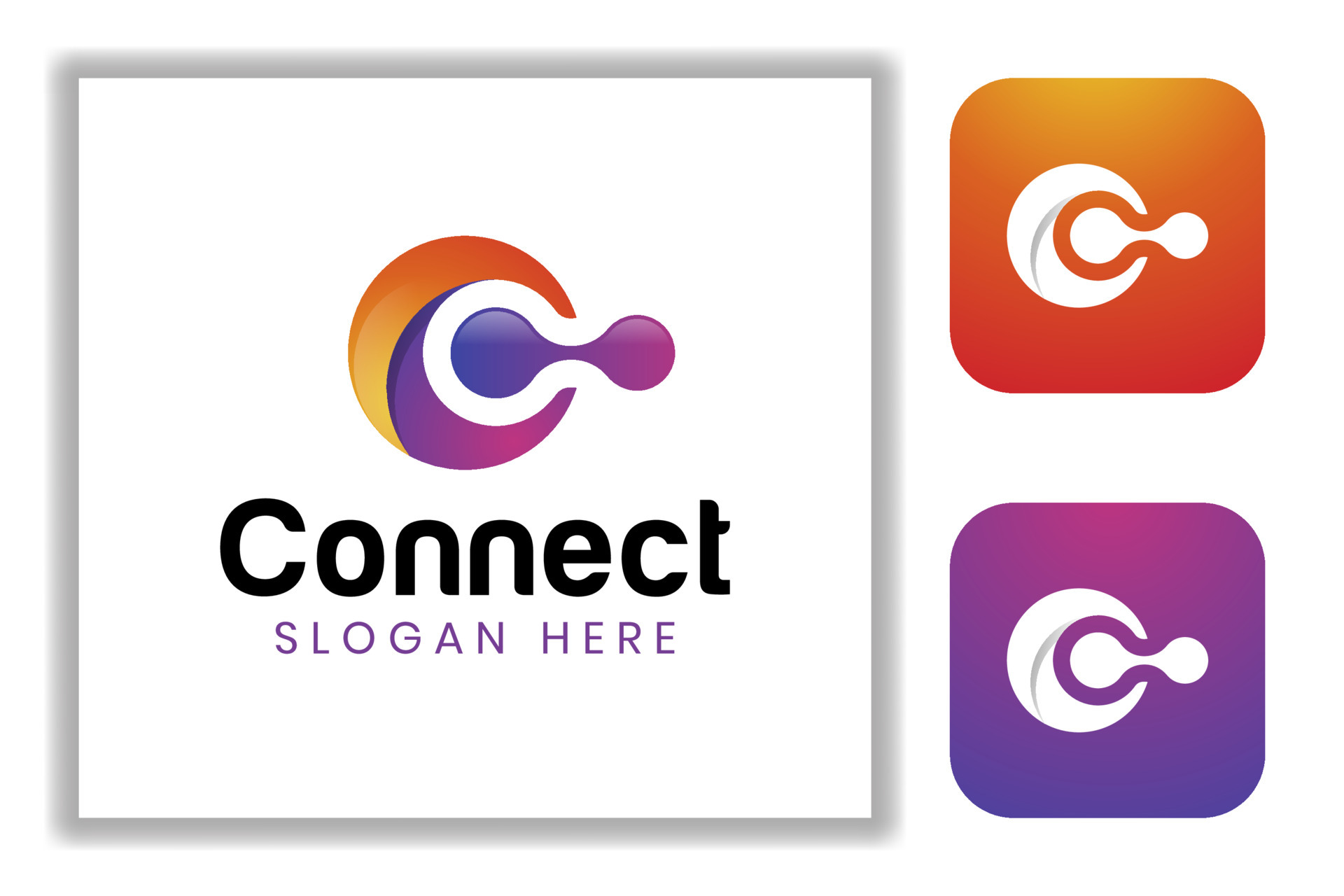
Logo design is a creative process that often involves experimentation. Play around with different layouts, arrangements, and variations of your logo to see what works best. Test how your logo appears in different sizes, on various backgrounds, and across multiple platforms. By doing so, you can ensure that your logo remains visually appealing and legible in any context.
8. Seek Professional Assistance
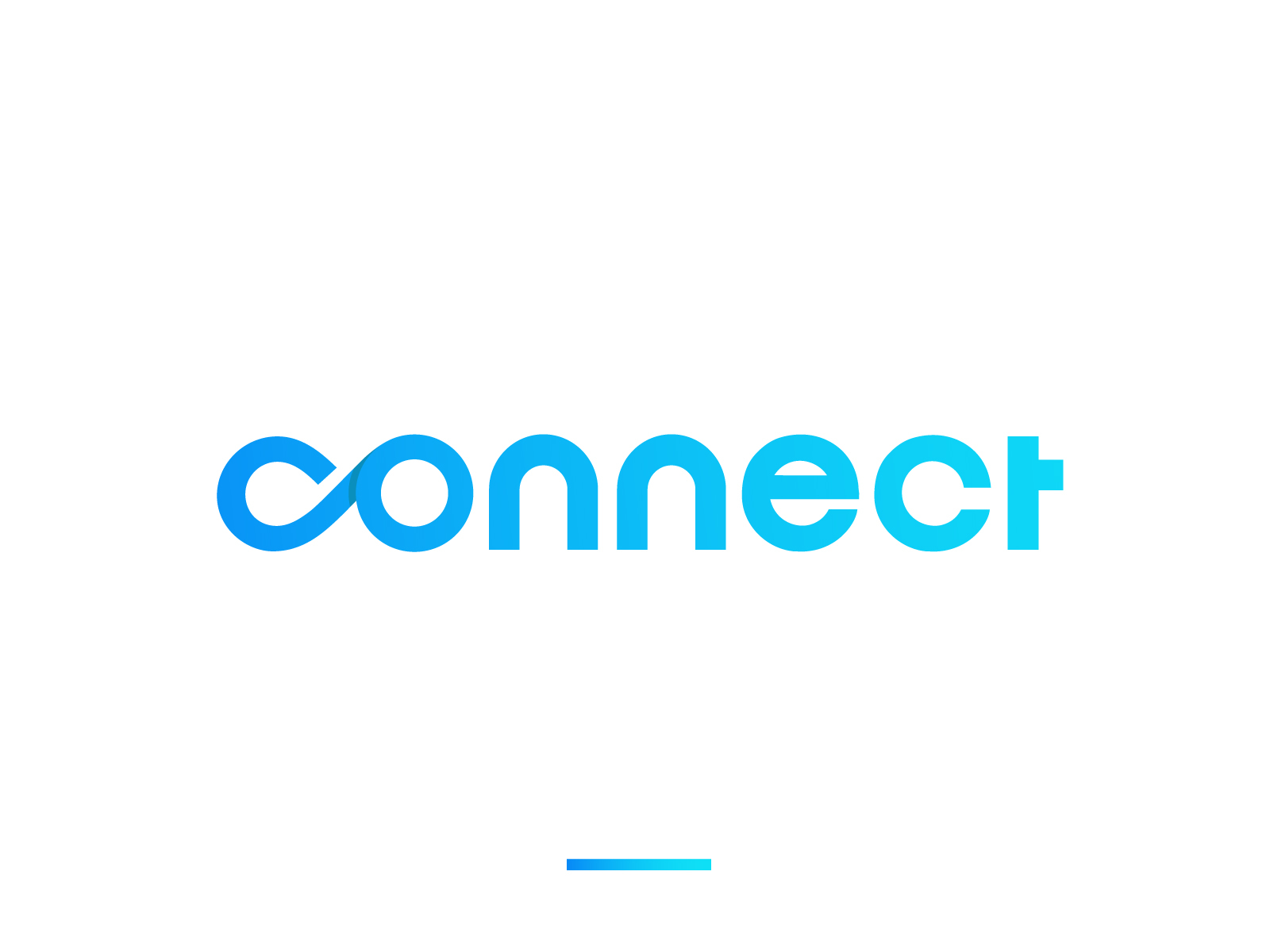
If you find yourself struggling with the logo design process, don’t hesitate to seek professional assistance. Graphic designers and branding experts have the knowledge and experience to create a logo that aligns perfectly with your brand identity. Collaborating with professionals can save you time, ensure a polished result, and provide valuable insights into effective logo design practices.
9. Get Feedback and Iterate
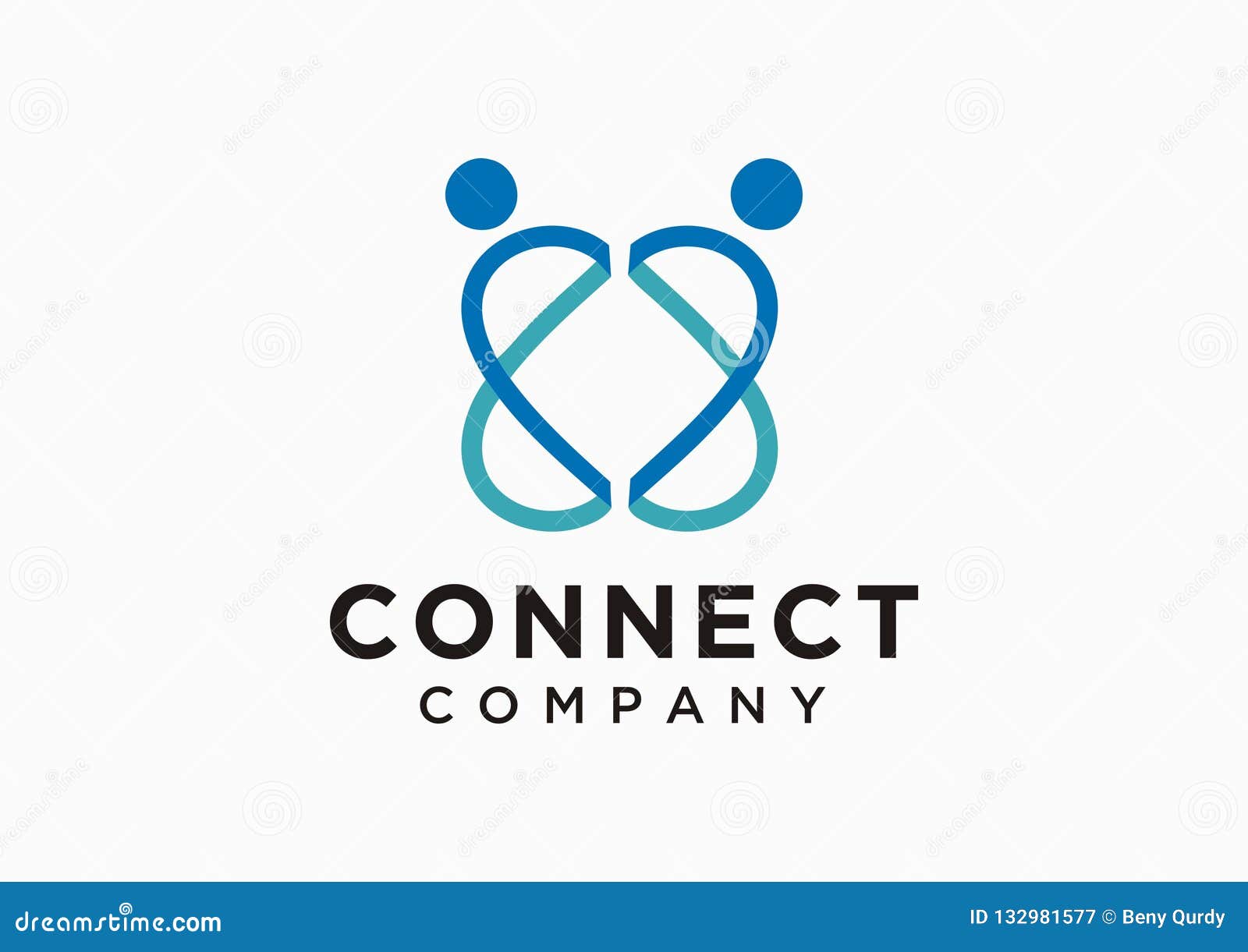
Once you have a preliminary logo design, gather feedback from your target audience, colleagues, and industry peers. Constructive criticism can help you identify potential areas for improvement and refine your logo further. Consider conducting surveys or focus groups to gather diverse perspectives. Iterate on your design based on the feedback received, ensuring that your final logo is the best representation of your brand.
10. Protect and Use Your Logo Consistently
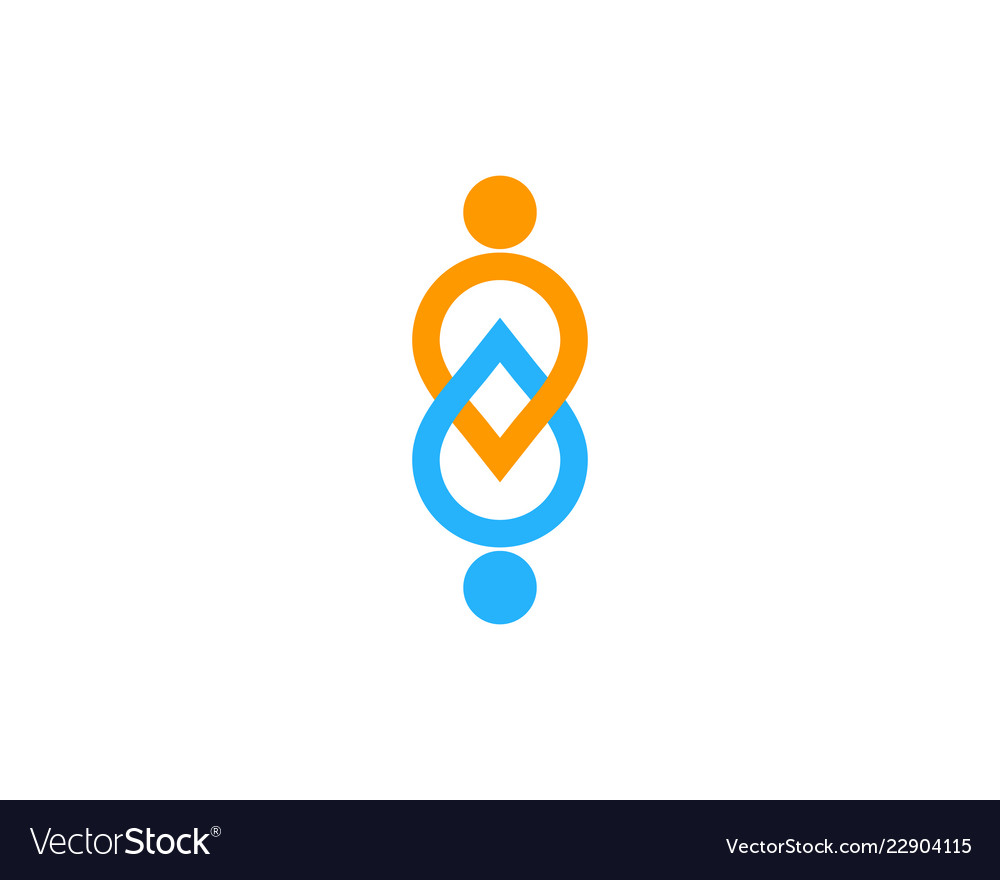
Once you have created a stellar logo, it’s important to protect it as an asset of your brand. Register your logo as a trademark to safeguard it from unauthorized usage. Additionally, use your logo consistently across all your brand touchpoints, such as websites, social media profiles, packaging, and marketing materials. Consistency builds familiarity and strengthens your brand’s connection with your audience.
Conclusion

Creating a logo that effectively connects with your target audience is both an art and a science. By understanding your audience, defining your brand’s personality, and implementing key design principles, you can craft a logo that resonates with your customers and establishes a strong brand identity. Remember, a well-designed logo can be the bridge that connects your brand with the hearts and minds of your audience, leaving a lasting impression for years to come.
Barry Edwards is a digital marketing expert with a deep understanding of content strategy, logo, and branding principles. Holding a Bachelor’s degree in Marketing from Beaconhill College, he offers valuable insights on digital marketing trends and strategies through his writing. Follow Barry’s work to stay updated on the latest in online marketing and branding.

